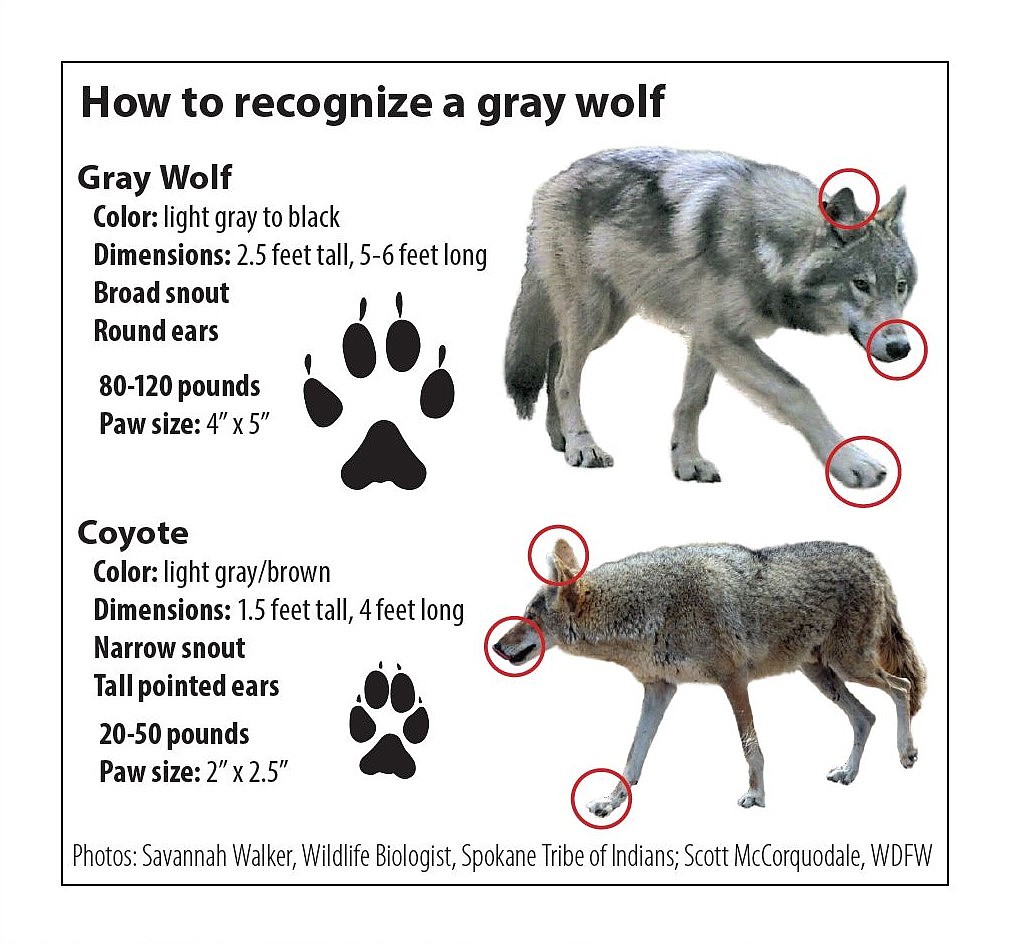Mistaken identity: Know what you’re seeing when hiking the Basin
A number of Washington species make the news frequently. Hot button animals in the area lately come in the form of the Columbia Basin pygmy rabbit, the northern leopard frog and the gray wolf.
Become a Subscriber!
You have read all of your free articles this month. Select a plan below to start your subscription today.
Already a subscriber? Login




